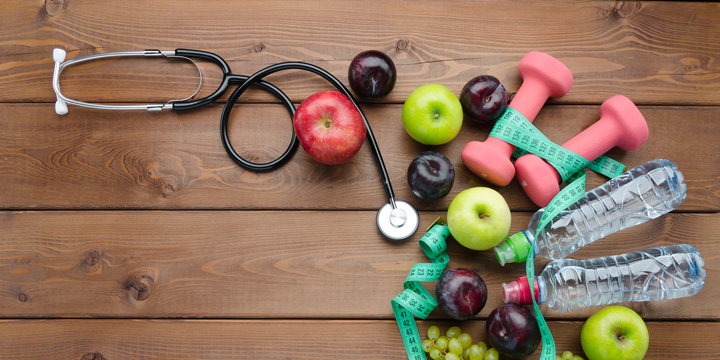The Ultimate Guide to Sugar and Sweeteners
What CrossFit North Charleston Athletes Should Know About Sweetness and Performance
(Inspired by Peter Attia’s AMA Podcast #361)
Sugar is one of the most common nutrition questions we hear at CrossFit North Charleston:
- Should I avoid it completely?
- Are artificial sweeteners better than sugar?
- What about “natural” options like honey or maple syrup?
The answers aren’t black and white. There’s a lot of outdated advice out there. So let’s cut through the noise and give you a practical framework that actually fits your life, workouts, and performance goals.
Why We Crave Sweetness
Humans are wired to love sugar. Sweetness used to mean safe, quick energy and helped our ancestors survive.
The problem? Our environment changed, but our biology didn’t. Today, sugar is everywhere—sodas, energy drinks, snacks, even “healthy” bars.
So if you find it hard to resist that post-WOD treat, it’s not willpower—it’s biology.
Is Sugar Really Harmful?
Sugar itself isn’t toxic. But in real life, it has effects that make it easy to overeat:
- Spikes blood sugar and insulin, then causes crashes that increase hunger.
- Activates reward centers in the brain, driving cravings.
- Less filling than protein or fat.
That’s why added sugar often sneaks extra calories into your diet—without you even noticing.
Different Sugars, Different Effects
- Glucose fuels muscles and helps signal fullness.
- Fructose (fruit, honey, syrups) is processed in the liver and doesn’t trigger satiety hormones as well.
- Sucrose (table sugar) = 50% glucose, 50% fructose.
- High-fructose corn syrup behaves similarly but may have slightly more fructose.
Form matters too:
- Liquid sugar (soda, juice) hits your bloodstream fast and spikes appetite.
- Solid sugar (desserts with fat or fiber) digests slower.
- Whole foods (fruit, vegetables) come with fiber and nutrients that slow digestion.
Natural vs. Refined — Does It Matter?
Biochemically, sugar is sugar. Honey, agave, maple syrup—they all turn into glucose and fructose in your body.
The exception is whole fruit, which comes with fiber, water, and nutrients. Natural doesn’t automatically mean healthier.
Timing Matters
When you eat sugar makes a difference:
✅ Best time: After a WOD — your muscles are insulin-sensitive and ready to refill glycogen.
🚫 Worst time: Late at night — glucose stays elevated longer and recovery may be affected.
Post-workout smoothies beat bedtime cookies every time.
Sugar Tolerance Is Personal
Some athletes handle carbs and sugar better than others.
- If you’re metabolically healthy and active, you can tolerate more sugar around workouts.
- If you have insulin resistance or liver issues, keeping sugar low will benefit energy, recovery, and performance.
At CrossFit North Charleston, we focus on awareness over extremes.
Artificial Sweeteners: What You Need to Know
Common types:
- Synthetic: Aspartame, sucralose, saccharin
- Naturally derived: Stevia, monk fruit
- Sugar alcohols: Xylitol, erythritol, sorbitol
- Rare sugars: Allulose
Key takeaways:
- Safe in moderation, but not a magic solution.
- Can help reduce calories if used wisely, but water and whole foods are still the best choices.
- Allulose is the standout: nearly zero calories, controls blood sugar, and promotes fullness.
Applying This to Real Life
Think in tiers, not absolutes:
🥇 Best: Allulose
🥈 Good: Stevia, monk fruit, sugar alcohols
🥉 Neutral: Aspartame, sucralose, saccharin
💯 Gold standard: Whole fruit
Simple strategy for CrossFit athletes:
- Avoid liquid sugar.
- Use low-calorie sweeteners sparingly.
- Rely on fruit for most sweetness.
- Time sugar around workouts for performance and recovery.
The Bottom Line
Sugar isn’t the enemy—it’s your relationship with it that matters.
At CrossFit North Charleston, we focus on real-world nutrition that supports performance, recovery, and long-term health. That means smart choices, consistency, and practical habits—not perfection.
When you understand sugar and sweeteners, you can enjoy treats, recover better, and still crush your WODs.
-Coach James
.png)




